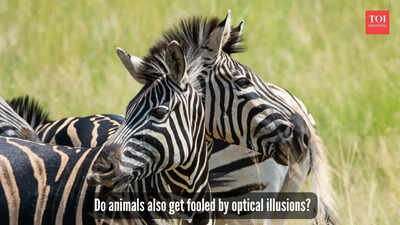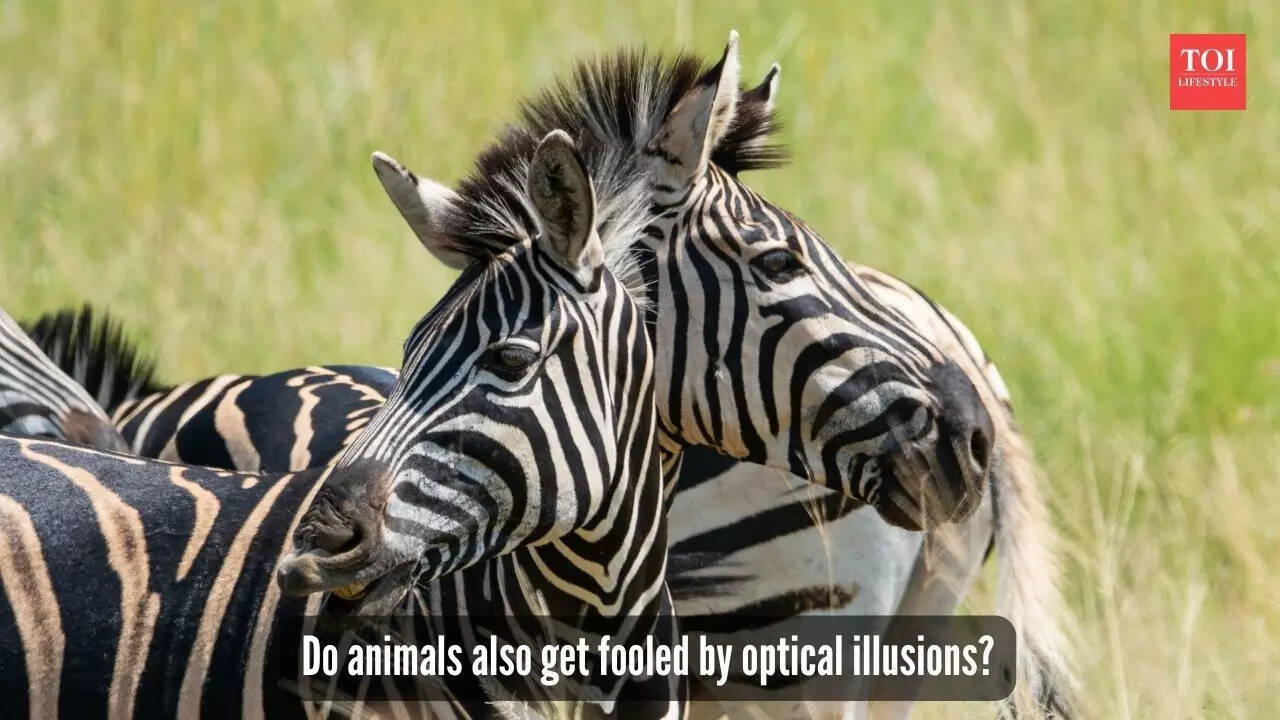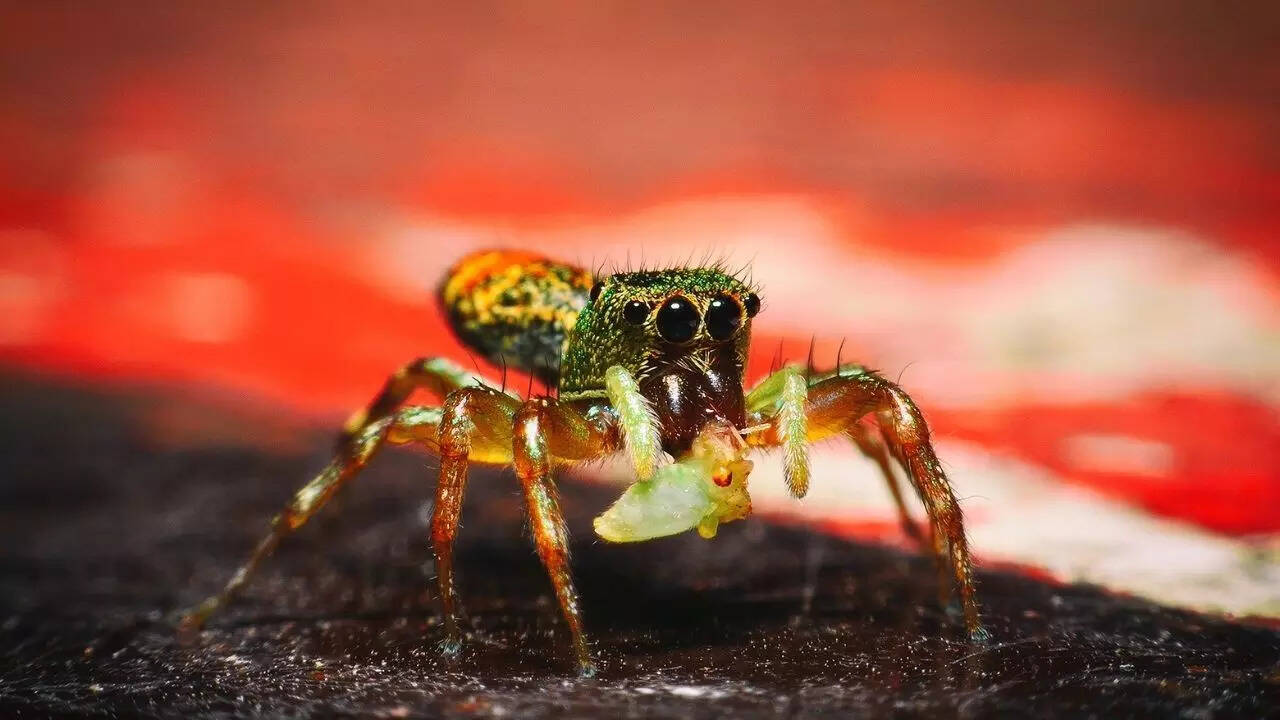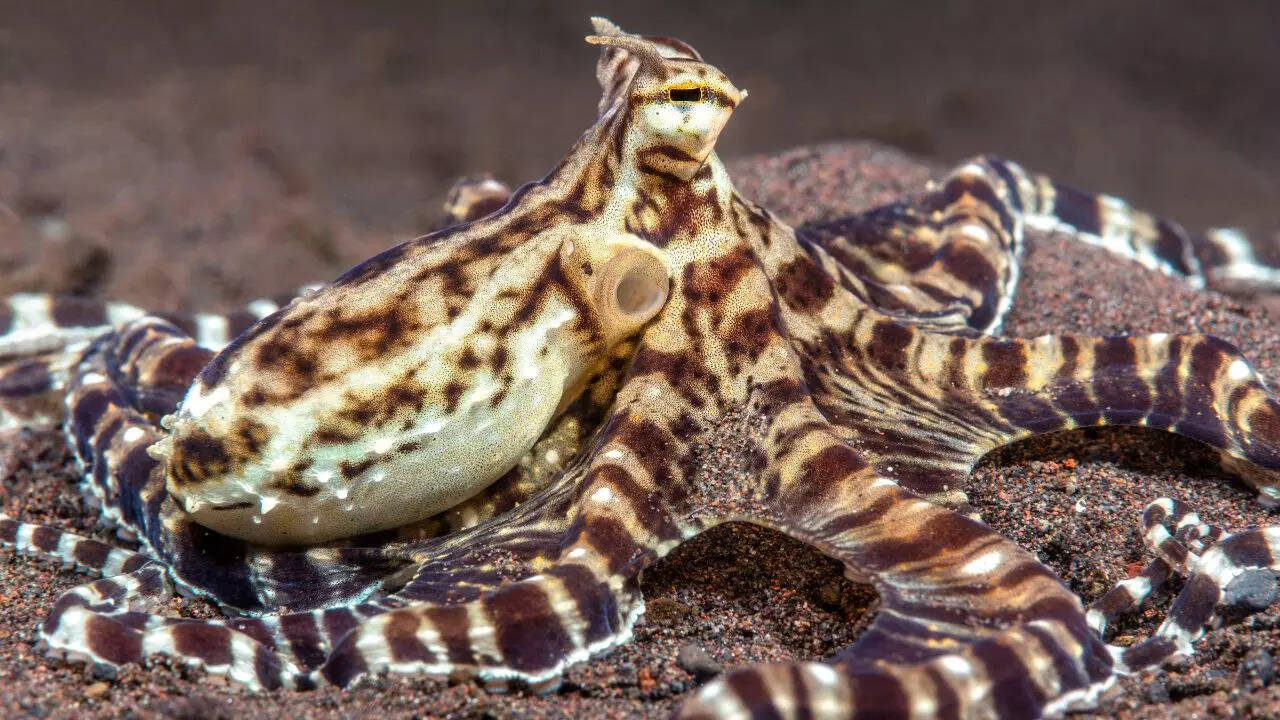ARTICLE AD BOX

Optical illusions aren't just for humans; animals also experience and utilize them for survival and reproduction. From appearing larger to scaring predators, these visual tricks reveal how animal brains process information. Studies show even fruit flies and octopuses can be fooled by illusions, highlighting shared perceptual mechanisms.
Optical illusions are those visual tricks that make us see things differently than they really are, and surprisingly they aren’t just a human experience.Many animals also get fooled or benefit from illusions in unexpected ways.
These illusions tell us how animals’ brains make sense of difficult visual information and sometimes how they outsmart others.

Animals are also fooled by optical illusion
Animals use illusions to appear bigger or scare predators
Many animals create visual tricks to survive and reproduce. Male peacock spiders raise their legs to look larger, while bowerbirds build stages with arranged pebbles that create a forced perspective illusion, making them appear bigger to potential mates. Fish and butterflies can flash false eye spots to intimidate predators.
These strategies tell us how brains interpret size and context, helping animals gain advantages without depending on physical strength alone.
Animals can be fooled by illusions like humans too!
A study published in the Proceedings of the National Academy of Sciences showed that fruit flies, like humans, can be tricked into seeing motion where there actually is none. Researchers used the well-known "rotating snake illusion" to demonstrate this.By monitoring and controlling specific neurons in the flies’ brains involved in motion detection, they found that small imbalances in how these neurons respond create the illusion of movement.
This reveals that the illusion arises from how different motion-sensitive neurons contribute unequally, a mechanism shared by both fruit flies and humans.

Peacock spider
Octopuses are fooled by illusions related to their own bodies
Octopuses can experience a version of the “rubber hand illusion,” a phenomenon previously thought unique to humans. According to a LiveScience report, when a fake octopus arm is touched simultaneously with their hidden real arm, they react as if their own is being touched, showing that they can be tricked about their own body awareness.
Mice have also shown similar susceptibility to this illusion, revealing surprising parallels in perception across distant species.
Camouflage is an everyday optical illusion in nature
Countershading, where animals are darker on top and lighter below, helps them blend into their environments, making them harder to spot by predators or prey. Patterns like zebra stripes or leopard spots disrupt outlines and shape perception, confusing predators. These natural illusions aren't mistakes but evolved visual tricks that enhance survival by altering how other animals perceive them.

Mimic Octopus uses illusion to blend into surroundings
Perception is about survival, not accuracy
According to a Live Science report, scientists agree that perception isn’t about perfectly reproducing reality but about what’s useful for survival and reproduction. This is why animals might perceive size, brightness, or colour differently based on context.Females may be tricked into choosing mates that appear larger or brighter, while prey animals use illusions to avoid detection. As evolutionary biologist Jennifer Kelley said to Live Science, “Information processing is expensive and costly, and since there is a limit on how much information can be obtained, brains take shortcuts."

 2 days ago
6
2 days ago
6








 English (US) ·
English (US) ·